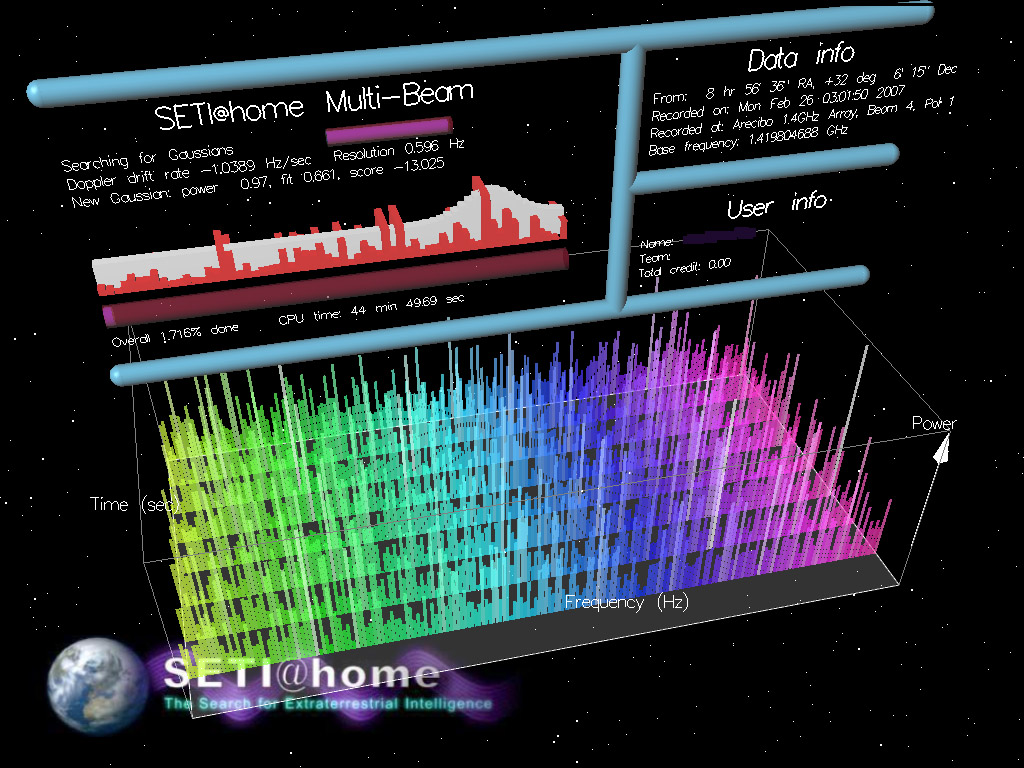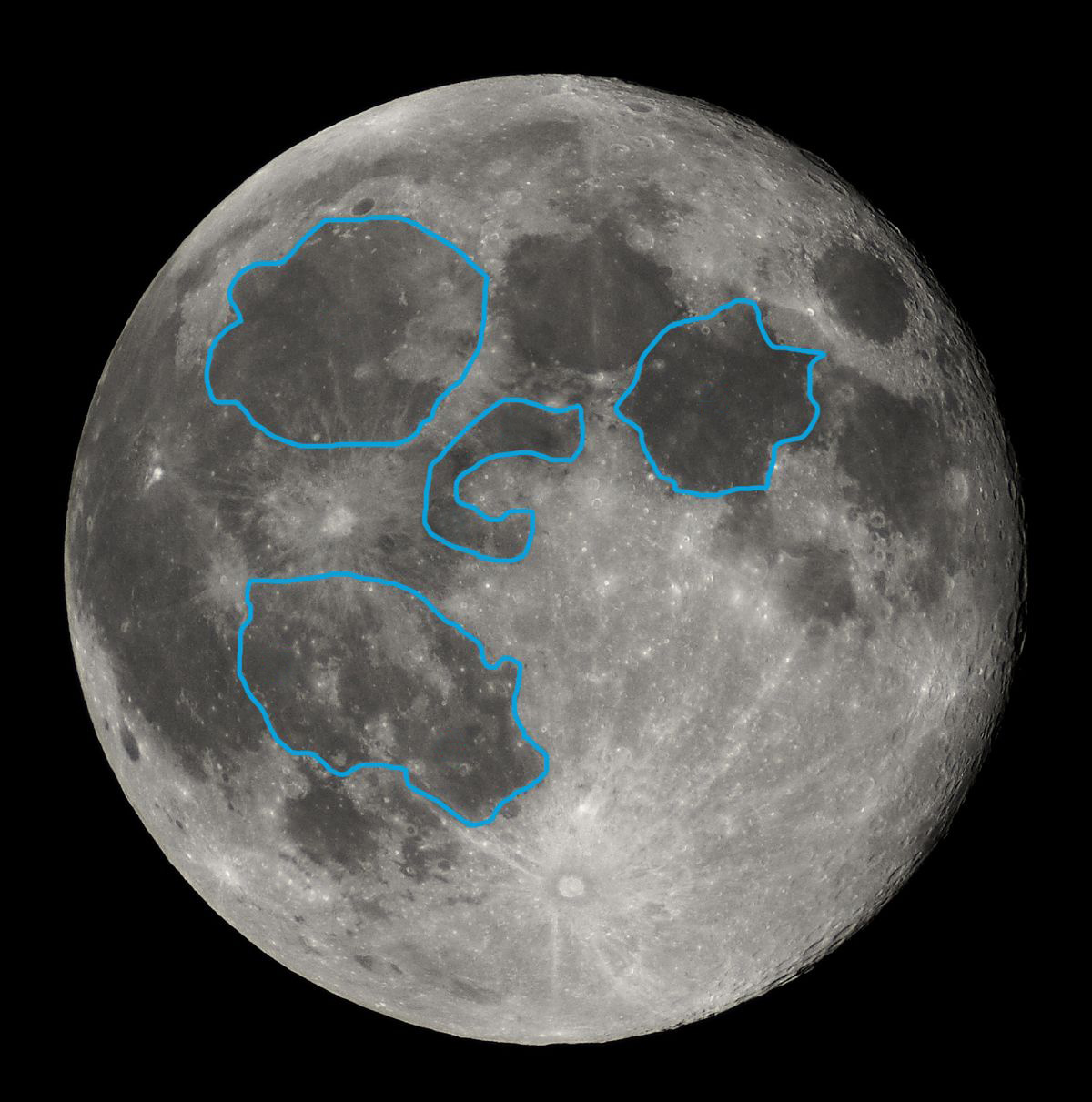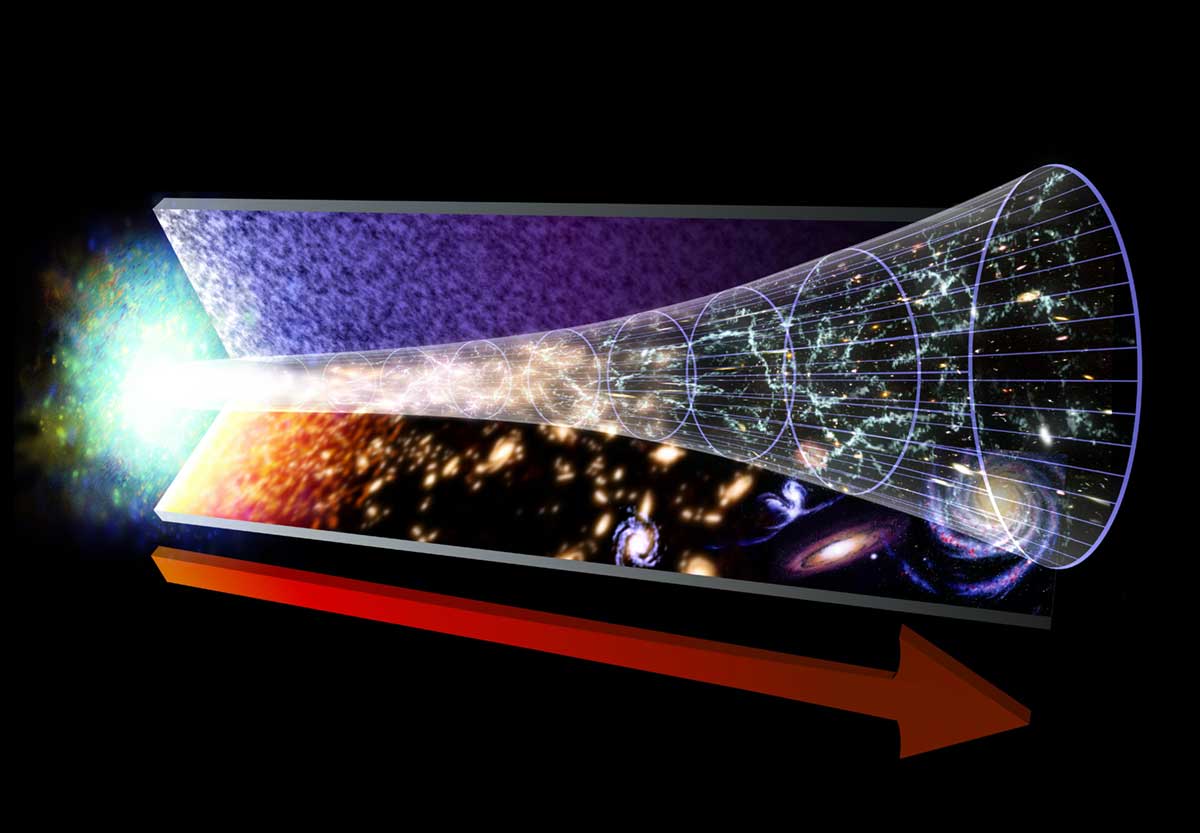
Get out to the country on a clear night and look up and you will be treated to many hundreds and possibly thousands of stars twinkling and shimmering. Our eyes are capable of seeing 6000 stars without optical aid. That’s about 3000 in the northern hemisphere and depending on the amount of light pollution and haze, and the condition of our eyes typically a few hundred to a few thousand stars are visible. Each star is a sun and most have planets around them. Whether they are suitable for life or not is another question.




